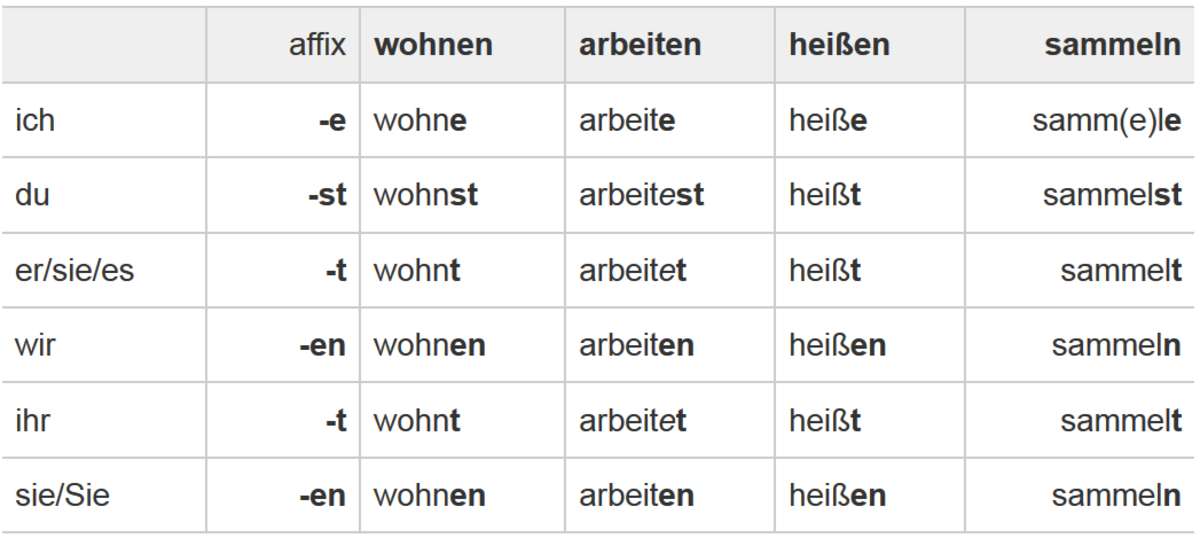Overview of Latin for a better understanding of Spanish
Basics points on how Spanish came from Latin
It is commonly known that Spanish and other romance languages came from Latin. But, this is seldom explained further to language learners. However, it can be very useful to understand some basic concepts and changes that lead to the birth of this new language. This can be helpful for the Spanish student who often complains that Spanish is so difficult and so irregular. In fact, its irregularities are the result of sometimes bizarre Latin forms from which they came. The Spanish language is just doing its best with what it was given.
The Latin language itself has a long history and had several distinct periods before its decline. When the Romans conquered the area of present day Spain they introduced their language but the Latin the common people ended up with was a corrupted (uneducated) form called Vulgar Latin. There were many pronunciation and grammatical differences and simplifications.
Basically Latin conjugates its verbs to reflect the subject and time/mood just as romance languages still do. However, it also had cases which means that other grammatical and syntactical information was built into nouns and adjectives. For example, a certain set of word endings could make a word into the subject of a sentence (nominative case) or the direct object of the verb (accusative case). For the word girl in Latin the subject form is 'puella' but the direct object form is 'puellam'. Nouns were classified as masculine, feminine or neuter and there were five classes or declensions for nouns. Each declension has six cases for just for basics a speaker would need to know 30 endings just for nouns and adjectives before even getting started with verbs. More on how Spanish nouns were formed later.
Latin verbs are classified into four conjugations, whereas Spanish only has three. All infinitives end in -are, -ere (with a short e), -ere, (with a long e) and -ire. These are simplified to Spanish -ar, -er, and -ir. In Spanish students are often taught the infinitive of verbs as vocabulary entries and then proceed to learn the endings for the present or pasts tenses, etc. In Latin, however, each verb is learned with its four principal parts, a strategy employed in English as well. For Latin, a verb is learned with the first person of the present, infinitive, perfect active and perfect passive participle. For example the verb 'to love' would be learned as: amo, amare, amavi, amatus. We see this only in certain verbs in English like 'to ring' where the forms change. They are: ring, rang, rung (present, simple past, past participle). This method of learning principle parts is not employed in learning Spanish. However, this does not mean that learning Spanish verbs only as vocabulary items is sufficient either. It is much more beneficial to learn each verb with a "tag" for which type of conjugation if follows, such as regular or stem changing (e-->ie, u-->ue, etc.) in the present or partially or fully stem changing in preterit (e-->i in third person, or tener-->tuv, etc.). More on this later too.
The way that this relates to Spanish is that certain changes can be seen to link words and forms to their roots. Using 'to love' again, amare becomes amar in Spanish because all speakers have a laziness about them and drop off ends of words (think about how often you properly pronounce the 'g' in words ending in -ing). This same phenomenon led amatus to amatu and natural pronunciation changes led the u to change to an o and the t to a d, thereby giving us 'amado', the past participle of amar in Spanish today. These processes and outcomes are common to a great number of Spanish verbs.
Coming soon...
An explanation of how Latin nouns became Spanish.
Learn Spanish verbs the easy way
- Learn Spanish verbs the easy way
This is a method of learning verbs so that you will always know which verbs are irregular and which tenses are affected by the change. It will help simplify verbs and make them more organized to help learn and remember them.
Expand Spanish Vocabulary with prefixes and suffixes
- Expand your Spanish vocabulary
Click here for a brief explanation of how to use parts of words to learn more words and free yourself from the dictionary.
Grammatical gender
- Grammatical and Biological Gender in Spanish
Grammatical gender in Spanish is mostly derived from Latin although Latin had three genders (masculine, feminine and neuter) while Spanish is mainly just masculine and feminine.








